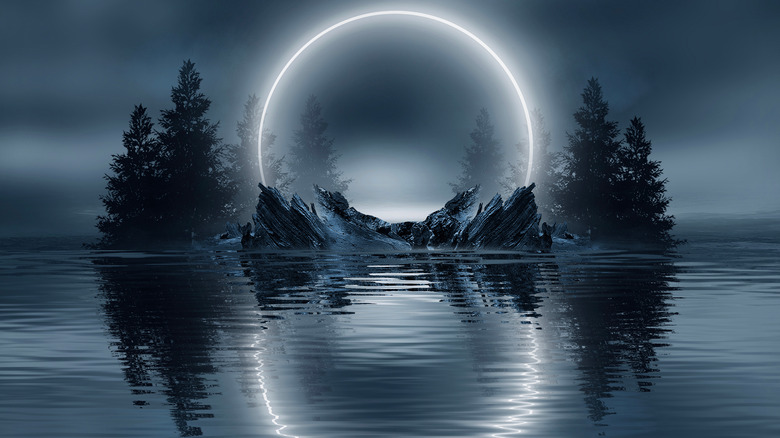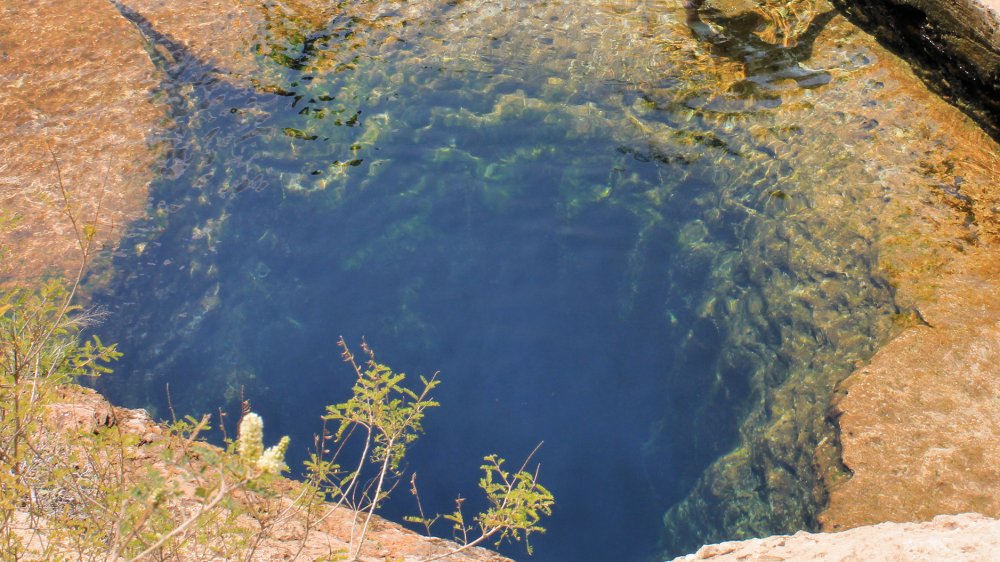
The Truth About The Planet That Rains Iron
So here you are, avoiding public gatherings, washing your hands, avoiding doorknobs, generally telling the coronavirus that it is not the boss of you, good soldier that you are. It’s never a good idea to say, “Well, it could be worse,” because that’s just a temptation to the whims of irony. Even though it’s true. Because, for instance, what if it rained iron? According to the BBC, that’s one hypothesis regarding the environment of Planet Wasp-76b, located a mere 640 light years from Earth, which you have to admit is a much better name. Or, as NBC News put it, “Cloudy, with a chance of liquid iron rain.”
A quick caveat: the planet probably rains iron. Like we said, it’s 640 light years from Earth, yet can still be examined via the wonders of modern astronomy. The new Espresso Instrument at the European Observatory Very Large Telescope in Chile provides the opportunity to check out Planet Wasp in some detail, and therefore come up with some interesting hypotheses regarding the planet’s environmental conditions.
Dapper, but would it repel iron rain?
Astronomers have noted that the planet is located quite close to its sun, making a complete orbit every 43 hours. It shares at least one characteristic with Earth’s Moon: it’s “tidally locked,” meaning that it only presents one side to its sun, just as our Moon only presents one side to us on Earth. Its proximity to its sun also results in some significant temperatures: up to 2,400 degrees Celsius on the day side, which would basically vaporize metals, and 1,000 degrees cooler on the night side, which would allow the atmosphere’s metal content to “condense and rain out.” Imagine the umbrella you’d need.
The difference in temperatures also would result in terrific winds, driving as much as 18,000 kilometers an hour. The scientific team observing Planet Wasp noted a strong iron vapor signature at the point where day transitions into night, but in the morning transition, that signature disappears. According to one of the scientists involved, “What we surmise is that the iron is condensing on the nightside, which, although still hot at 1,400C, is cold enough that iron can condense as clouds, as rain, possibly as droplets.”

Operation Midnight Climax: The Sub-Project Of MKUltra You Didn't Know About

The Messed Up Truth Of Rats In New York City

The Real-Life 'Twilight Zone' Explained

Spooky Urban Legends That Take Place On Halloween

Doctors Alter DNA For The First Time Inside Living Human

How Dirty Your Money Really Is

The Truth About The Mantis Shrimp's Punch

Bizarre Things That Only Exist In North Korea

Televangelists Who Were Anything But Holy

Crazy Crimes That Deserve Their Own Movies
























